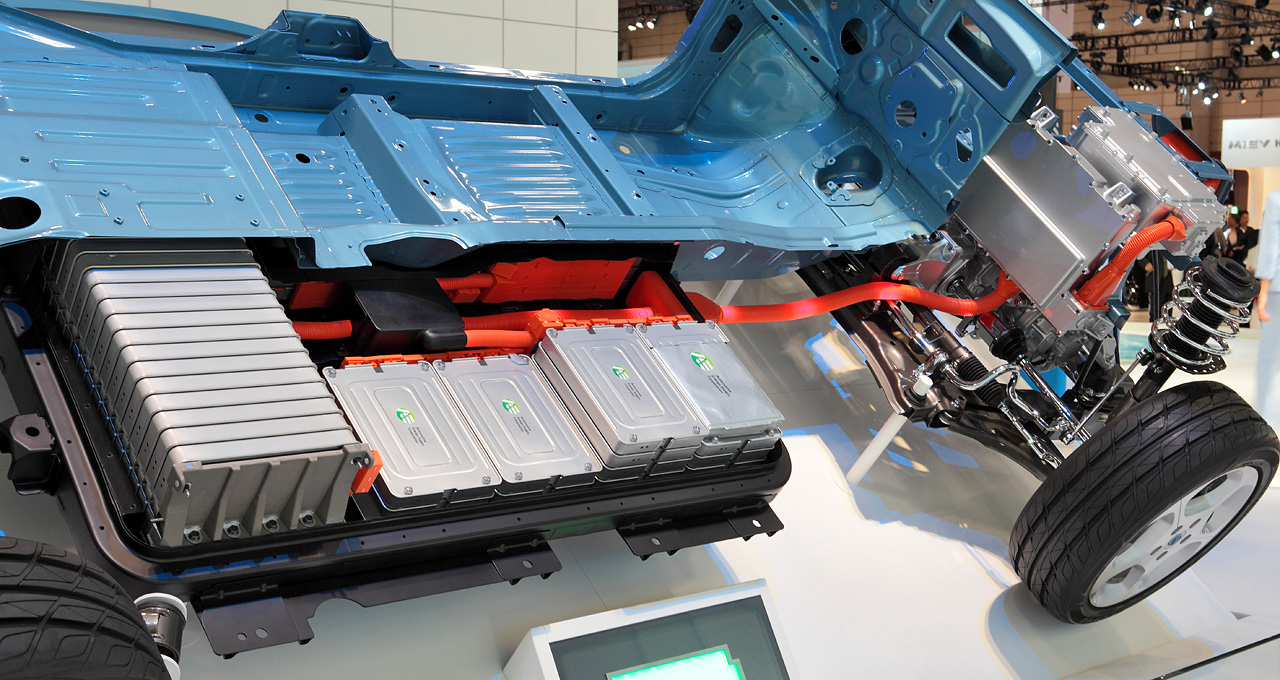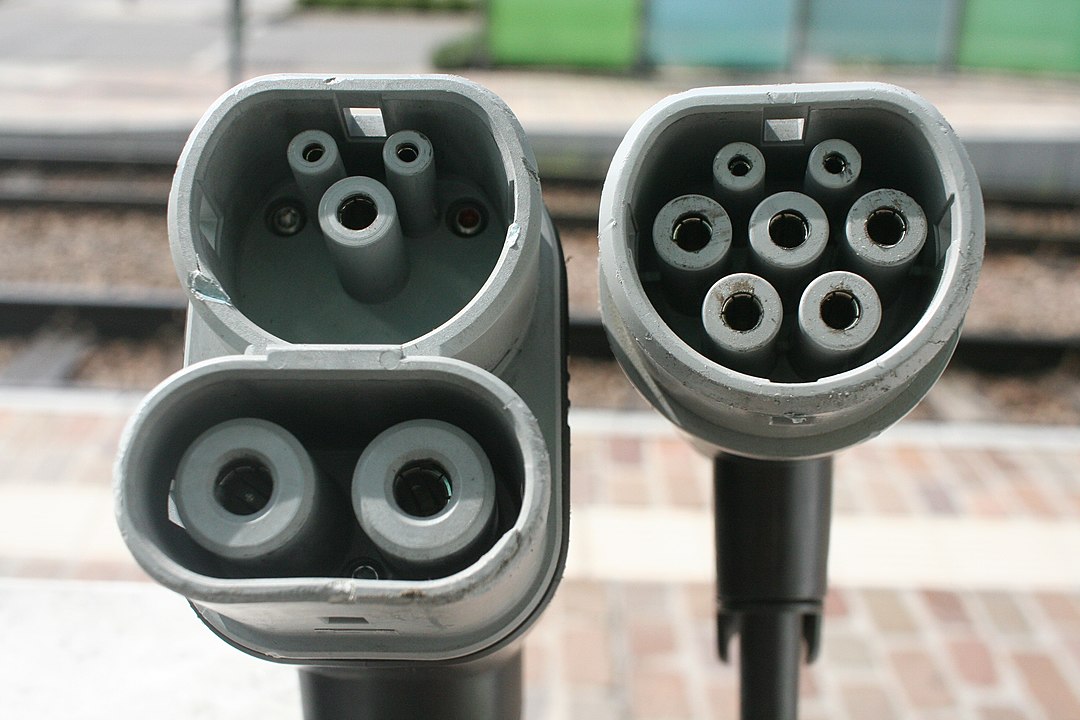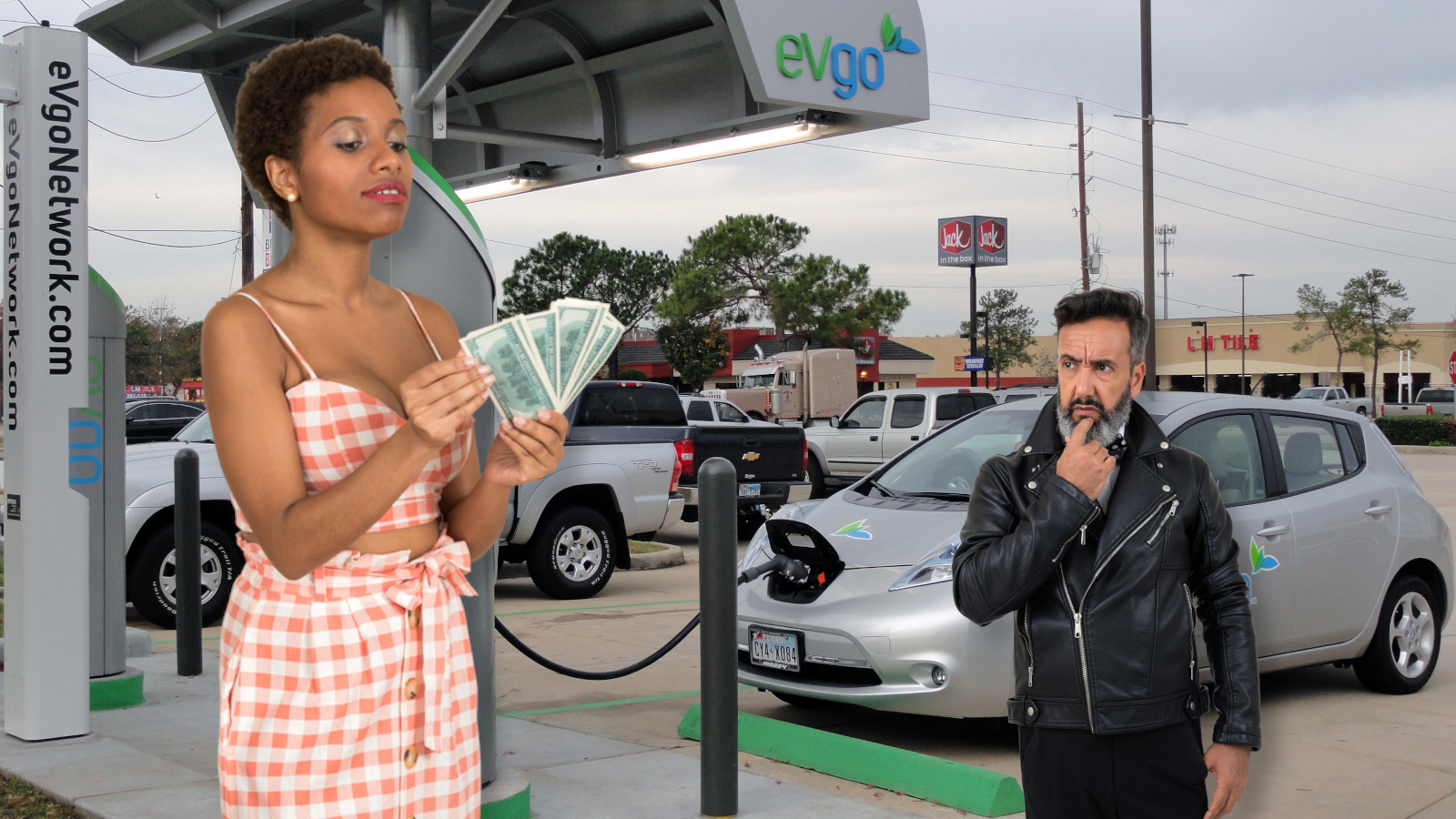Welcome to SHIFT Basics, a collection of tips, explainers, guides, and advice to keep you up to speed with mobility tech.
While owning an electric vehicle is still far from the norm in most of the world, they’ve been around long enough for there to be a decent amount of options now available on the second-hand market.c
Buying a used EV isn’t exactly the same as buying a regular used car, and there are some things to be aware of. Assuming you’ve already decided what EV you’re going to buy, here are five things to consider before you part with your cash.
Check its battery health
This is the most obvious one of the lot, so let’s get it out the way first. If you’re buying a used EV, be sure to check its battery health.
You want to be sure it charges correctly and at optimal speed. You also want to make sure you know how much charge the battery can hold, and how that will affect its total range. To learn more about EV batteries, check out this helpful explainer.

Early EVs, such as passively cooled Nissan Leafs, are known to suffer some battery degradation, and could have lost as much as 8% of range over 10 years. The older the EV, and the more charge cycles it has been subject to, the more likely that its range has decreased slightly from when it was brand new.
As technology improves, battery degradation is becoming less of a concern, but if you’re buying an EV that was made in the past 10 years it’s definitely something to check. If the battery is beyond its useful life, it can be replaced, but it doesn’t come cheap, that’s assuming you can find someone to do the work.
Get up to speed with how it charges
Before you buy any electric vehicle, new or used, it’s important to know exactly how it charges. Also be sure to check what cables come with the car, and what chargers they’re compatible with.
[Read: ]
If it’s your first EV it makes sense to get a dedicated charger installed at your home if you have space. Most manufacturers gave grants and subsidies for new EV buyers to install charging hardware at their homes, but no such subsidies exist for second-hand electric vehicles.

Check out our other SHIFT basics which explain fast-charging standards CCS and CHAdeMO.
Dive into warranties
Depending on the EV that you plan to buy, you might be able to acquire or extend its warranty. EVs typically have separate warranties, one that covers the battery and drivetrain, and another that covers the mechanical components like suspension and chassis.
In some cases, an EV could have an eight year or 100,000-mile warranty on its battery, which can be transferred to the vehicle’s next owner so long as the vehicle itself still satisfies the criteria.
There’s also the possibility to buy third-party extended warranties, if you want peace of mind and are willing to pay for it. But first things first, check what warranty the used EV actually comes with, and take it from there. Chances are it’ll still have a decent amount of time left if you’re buying a low mileage car that’s not too old.
Check its service history
Even though EVs have far fewer mechanical components than combustion engine cars, and are — generally speaking — less likely to go wrong, they’re not immune to the occasional hiccup.
As with buying any used car, you should check the vehicle’s service history. Pay special attention to any significant work that may have been done in the past to fix broken components. Also consider what the implications could be if that component fails again — is it covered by the warranty or will it leave you out of pocket?
[embedded content]
In reality, this shouldn’t be an issue with buying an EV, but it’s always good practice to know exactly what you’re buying and to research its history.
Go over the basics
Even though electric cars have significantly different drivetrains to combustion engine vehicles, there are still plenty of similarities.
Before you buy an EV it’s important to check the condition of components like windshield wipers, wash fluid, headlights and brake lights, and, tire wear and alignment.
Be sure to take the car for a test drive, and test all its functions and press all its buttons. It’s also worth paying particular attention to how the brakes work to check they haven’t seized.
EVs have regenerative braking, which uses the magnetic resistance of the motors to slow the vehicle and convert kinetic energy back into electrical energy to charge the batteries. Depending on how the car has been maintained and driven, it might not have used its brakes all that much. Chances are the discs and pads will be in great shape, but it’s best to check they’re not seized through lack of use.
Now go and buy that EV, and hit the open road! Welcome to the electric club.

SHIFT is brought to you by Polestar. It’s time to accelerate the shift to sustainable mobility. That is why Polestar combines electric driving with cutting-edge design and thrilling performance. Find out how.
Published January 27, 2021 — 13:48 UTC
